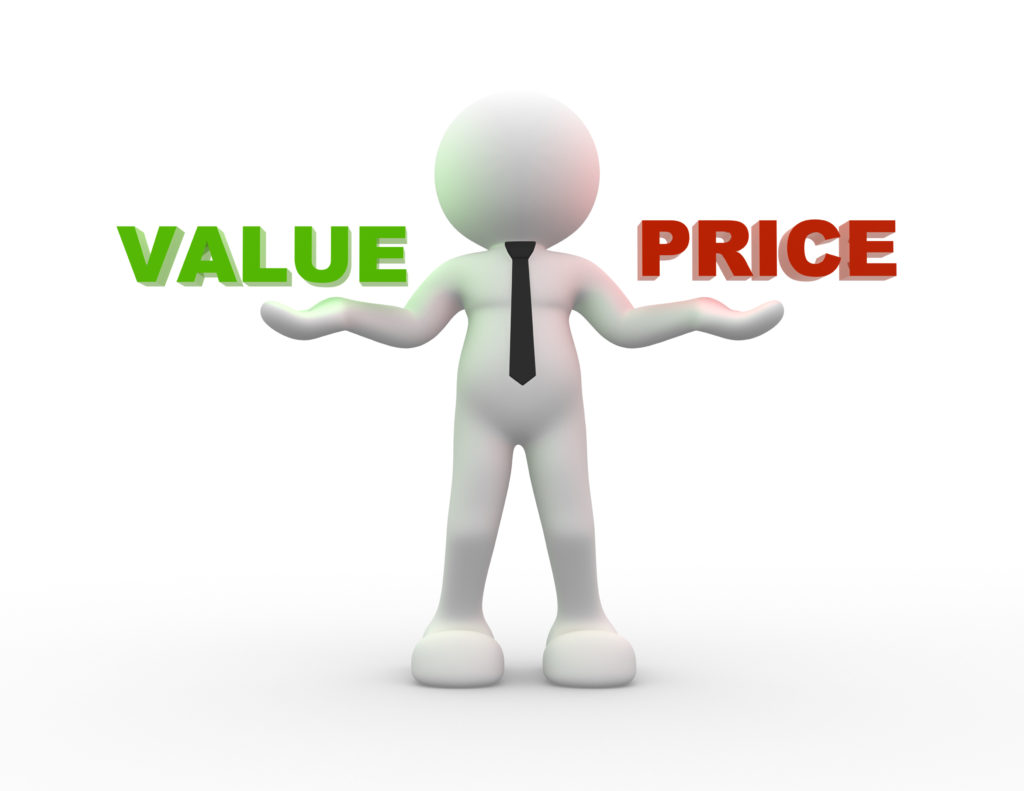Price to Value Components
Do you value “price to value?” Better yet, do you even know the value of your value proposition?
There are three main common pricing strategies:
- Cost based: setting a nominal price above your total product costs to ensure a designated margin or profit
- Competition based: pricing in sync with what your competition offers to remove price as a differentiator
- Value pricing: charging the customer based on what you and the customer agree to be the worth of the product
Pricing to value should be the goal of every business. Although this makes sense to most business leaders, the problem is that many leaders have problems identifying the value of their value proposition. This could explain many business leaders’ strategy of pricing to cost, rather than pricing to value. Furthermore, some leaders don’t equate a value proposition with their offering. In that situation, it is clearly understandable that their pricing is relegated to a competitive basis.
Successful Price to Value
To successfully price a new offering or optimize the prices of existing offerings, business leaders need to understand and measure value created (value propositions); translate value created into an “easy to understand and communicate” offering; and then capture a fair share of the value through value pricing.
Determining the value of an offering generally requires conducting a quantitative Pricing Study. Depending on the nature of the business, two common, well-documented approaches exist: choice price modeling and concept price testing. Choice pricing is often applied in a competitive assessment, while concept pricing is often applied to a new product investigation.
Operationalize the value pricing concept by internalizing the 3 Cs (create value, communicate value, and capture value) into the thinking and behavior of the entire marketing and selling organization.






